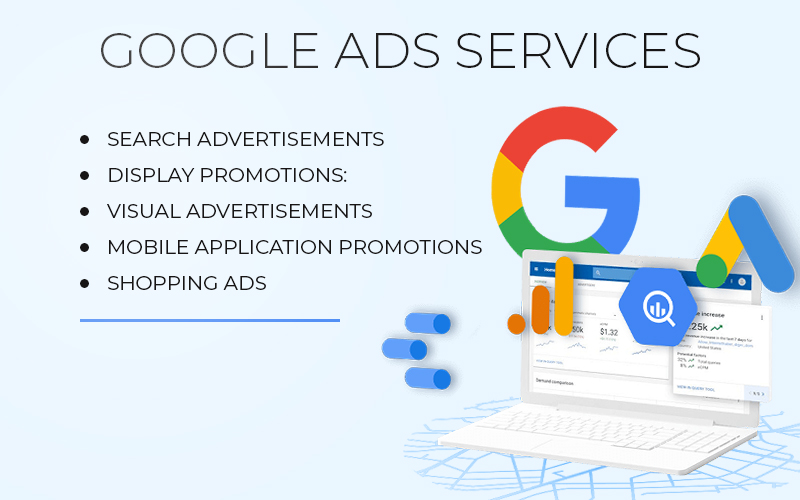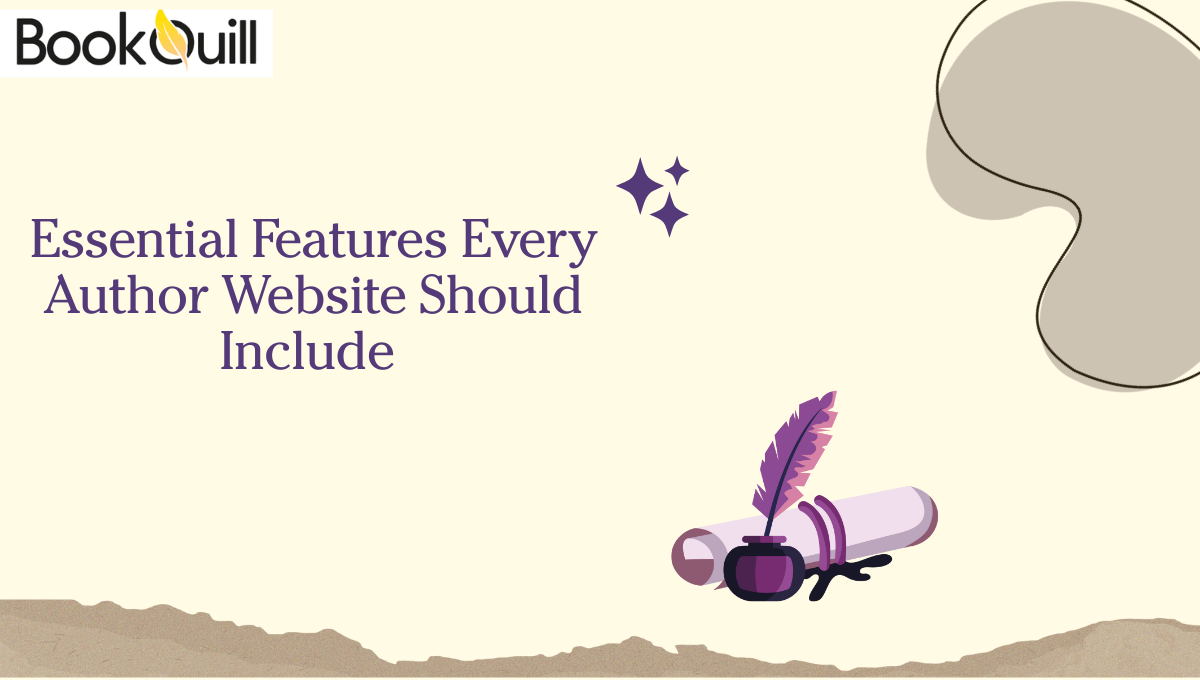Modern advertising lives and dies by words. Even with dazzling visuals and sophisticated targeting, performance ultimately turns on language that captures attention, clarifies value, and compels action. This guide breaks down how to craft platform-specific copy that converts on Facebook, Google, and Instagram, while giving you a repeatable process you can use for any campaign objective or budget.
Why great ad copy matters more than ever
Paid media auctions reward relevance. Platforms score your ad on predicted engagement and post-click satisfaction, then discount your cost per result when that score rises. The copy you write determines how quickly a scroller stops, whether a searcher clicks your result over the next one, and if a user understands the next step. Strong copy lowers acquisition costs, stabilizes performance across creative fatigue cycles, and compounds the impact of every optimization you make elsewhere in the funnel.
A simple framework you can reuse across platforms
Start by defining a single human problem you solve better than alternatives. Turn that problem into a vivid moment your audience recognizes, then offer a crisp, credible resolution. Translate the resolution into a specific call to action that matches your conversion event. If you can’t explain the win in one tight sentence, the offer is unclear or the audience is mixed. Clarity beats cleverness when money is on the line.
Audience insight that actually changes the words you use
Gather language, not just demographics. Analyze product reviews, sales calls, Reddit threads, and competitor testimonials to find phrases customers repeat. Lift these phrases verbatim and weave them into headlines and descriptions. Mirror the user’s own vocabulary about pain, risk, and desired outcome. When your copy reads like something they would say out loud, perceived relevance spikes and the platform’s quality metrics follow.
Offers and angles that resist ad fatigue
Rotate offers, not just creatives. An offer is the exchange you propose and the risk you remove. Change the angle by reframing the same product benefit around speed, certainty, savings, or status. Introduce mechanisms that add credibility, like a limited-time guarantee, a named methodology, or a side-by-side comparison. When you refresh copy, change the promise or the proof, not only the adjectives. That’s how you maintain performance when frequency rises.
Writing for Facebook: conversational clarity and immediate payoff
Facebook thrives on thumb-stopping openings and narrative momentum. Treat the first line like a subject line. Start with a problem cue or outcome cue so the audience self-selects quickly. Avoid dense intros and get to the win within the first two sentences. Use the primary text to tell a short story that moves from problem to solution to proof, then end with a direct instruction for the next click. Emojis and line breaks can improve scannability, but they should never replace substance. The headline below the image or video must stand independently, since a significant share of users read only that line before deciding whether to tap. Social proof in the form of quantified results, star ratings, or the number of users served can lower hesitation, as long as claims are verifiable and compliant with policies. On Facebook, specificity sells. Replace “save money” with “cut monthly costs by 18% on average after the first billing cycle” if your data supports it. Tie the call to action to a small, low-risk step such as trying a free tool, viewing a pricing calculator, or comparing plans. If you want lead quality over volume, your copy should repel the wrong fit. Add a line that names who it is not for so your clicks come from the people your sales team can close.
Writing for Instagram: visual-led copy that hooks without sound
Instagram remains a visual stage where copy amplifies what the user sees. Since many users watch Stories and Reels without audio, overlay short captions that echo the promise in your script. Keep on-screen text sparse and rhythmic, and reserve the description for context or a micro-story that lands the benefit. The first two lines of the description matter because the rest collapses behind “more.” Front-load value and use sensory words that match the aesthetic of the creative. If your product solves a lifestyle pain, tie copy to a moment in the day and how that moment changes after adoption. Because Instagram can feel aspirational, ground your promise with a concrete mechanism. Explain how the result happens in one plain sentence right after the hook. This prevents the ad from reading like a mood board and gives skeptical viewers a reason to believe. End with a call to action that matches the placement, such as “tap to try the quiz,” “swipe to compare sizes,” or “tap shop to see your fit.”
Writing for Google Search Ads: intent matching and message math
Search users reveal intent with their queries, so your copy should mirror that intent word for word. Start by mapping queries to three buckets: problem searches, solution searches, and brand or comparison searches. For each bucket, build headlines that echo the exact phrasing whenever possible and add a qualifier that differentiates you. The first headline must function as a self-containable answer to the query, while subsequent headlines add proof points such as third-party ratings, price anchors, or delivery timelines. Descriptions should explain the mechanism and reduce risk with elements like free returns, setup support, or transparent pricing. Effective ad copy for search does “message math.” If a user searches for a two-word phrase, respond with a two-to-five-word headline that repeats the phrase and adds one unmistakable benefit. For longer queries, use your headlines to chunk the query into its parts, then address each part in the same sequence. This sequencing creates the feeling that your result was written for that search. When you use responsive ads, draft assets that are modular but coherent in any order. Avoid fragments that make sense only when paired with a specific headline. Because search clicks are warmer, your call to action can be more decisive, but it still needs to promise a tangible next step such as getting an instant quote or checking live inventory.
Writing for Google Display and YouTube: promise, proof, and pacing
Display units and YouTube reach broad audiences who did not ask to see your message, so copy must work harder, faster. On banners, compress the proposition into a three-part sequence: name the audience or problem in as few words as possible, present the transformation in one line, and add a proof token such as a stat or recognition badge. On YouTube, write your voiceover and on-screen text so the promise lands in the first five seconds, the mechanism is introduced by second ten, and the first call to action appears before second fifteen. The rest of the script can establish credibility, address a single objection, and close with a second call to action and a visual of the next step.
CTAs that align with real user motivation
Calls to action fail when they are generic or mismatched to the user’s readiness. Tie the CTA to the benefit rather than the task. Replace “Learn More” with “See How It Works” if your next page is a demo, or “Get My Estimate” if your next step is a price calculation. Avoid stacking multiple CTAs in the same ad unless they clearly serve different personas, because choice increases hesitation. Keep the language active and first-person where possible to increase commitment.
Proof and credibility that withstand scrutiny
Any claim you make in an ad should be verifiable on the landing page within one click. If you cite a statistic, show its source. If you reference awards, display the seal and date on the destination page. Use customer quotes that include a concrete before-and-after metric. When you cannot quantify, offer process clarity instead. A sentence that explains how you deliver the result often feels more trustworthy than a bigger number with no context.
Compliance and policy awareness that protects your account
Each platform enforces policies on personal attributes, prohibited content, and restricted claims. Write in a way that avoids insinuating knowledge of sensitive traits. Instead of calling out health or financial status, frame your copy around the product and its benefits. Claims about earnings or weight loss require clear qualifiers and substantiation. Avoid shock tactics or exaggerated punctuation, which can trigger disapprovals and erode brand trust. Consistent compliance keeps your learning phases intact and preserves historical performance data.
Testing copy the smart way without fragmenting data
Test one variable at a time and choose a sample size that can produce a statistically confident read. Start with competing hooks that frame the benefit differently, then move to proof formats and finally calls to action. Keep the rest of the creative constant so the platform learns which language lifts results. When a variant wins, roll it out to new audiences and placements, not just the original ad set or ad group. Retirement decisions should be based on cost per desired action and post-click behavior, not only click-through rate. When an ad has lower CTR but higher conversion rate and stronger revenue per click, the copy is doing real work.
Landing page continuity that multiplies your copy’s effect
Your ad is a promise; your landing page is the fulfillment. Maintain headline language continuity so users feel they are in the right place. If your ad leads with a savings angle, the landing page headline should echo that benefit and explain how the savings are achieved. Align hero imagery with the ad’s creative to maintain recognition. Reiterate the call to action in the same words you used in the ad so momentum continues without cognitive switching costs. When page copy expands on the mechanism, prioritize the first scroll depth because a large portion of traffic will not read beyond it.
Measurement that guides better writing next week
Words are hypotheses until data arrives. Track performance at the hook, proof, and CTA level so you can see which components carry their weight. Review search terms reports to harvest high-intent phrasing for your next headlines. Analyze comments on Facebook and Instagram to find objections you can preempt in future copy. Compare assisted conversions to direct conversions to understand whether your copy excels at first-touch awareness or last-click closing, then assign budgets accordingly.
Platform nuances at a glance without forgetting the fundamentals
Facebook rewards approachable, human-sounding copy that resolves a relatable pain quickly. Instagram elevates visual storytelling, so on-screen text and short captions must echo a clear promise and mechanism. Google Search demands precise intent matching and credible detail, while Display and YouTube need ultra-compressed promises and early proof. The fundamentals remain the same across all three: clarity of the offer, credibility of the proof, and a call to action that feels like progress rather than work.
Putting it all together in a repeatable workflow
Begin with voice-of-customer research to capture the exact phrases your audience uses. Draft three hooks that express the same benefit in different emotional keys, such as speed, certainty, or savings. Pair each hook with a one-sentence mechanism and a single, decisive call to action. Adapt the language to the platform’s format and constraints, preserving meaning while adjusting tone. Launch your variants with clean targeting, let them exit the learning phase, and then iterate based on which hook and proof pairings lower your cost per result without hurting post-click conversion quality. Document what you learn so future campaigns start from a stronger baseline. As you scale, your library of validated hooks and proofs becomes a competitive asset that shortens time to performance.
The role of specialist training and continuous practice
Great advertising copy is learned through cycles of testing and reflection more than through theory alone. If you want to accelerate your progress, consider enrolling in a reputable Copywriting course that emphasizes hands-on critique, real campaign teardown, and platform policy fluency. Pair formal learning with a weekly ritual of reviewing top-performing ads in your niche and rewriting them from a different angle or for a different persona. Treat each rewrite as a micro-test of your craft, and bring the best of those drafts back into your ad accounts.
Final word and next steps
Your best results will come from a focused process and a willingness to be plainspoken. Use the exact words your customers say, keep the promise tight, explain how the result happens, and ask for a specific next step. When you approach Facebook, Google, and Instagram with the same core discipline and a respect for each platform’s reading context, your performance will compound over time. Mastering the discipline of Copywriting for Paid Ads is less about occasional flashes of brilliance and more about consistent, testable clarity that never wastes a user’s attention. As you write your next campaigns, remember that the words are the product’s handshake with the market. If that handshake is firm, polite, and direct, your ads will get seen, your clicks will be cheaper, and your pipeline will thank you.
To keep the momentum, draft three new hooks right now for your primary offer, each with a single-line mechanism and a one-line call to action. Adapt them to Facebook, mirror intent for Google Search, and translate them into on-screen text for Instagram. Launch, learn, and refine. The market will tell you which words deserve to scale.



